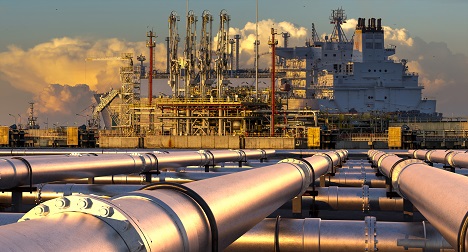Last week in this column, I covered Enbridge (NYSE: ENB), a pipeline company with a rock-solid 6.7% yield.
Not surprisingly, that led to a request from a reader to look at the dividend safety of another pipeline company, Shell Midstream Partners LP (NYSE: SHLX), which has an even more robust yield of 9.7%.
Houston-based Shell Midstream has been steadily growing its cash flow. Since Shell Midstream is a master limited partnership (MLP), we look at cash available for distribution, or CAD, as the measure of cash flow on which to base our analysis.
You can see that CAD has increased in each of the past three years and that, in 2021, it is forecast to grow another $22 million, or 3%.
Last year, Shell Midstream generated $658 million in CAD, but it paid investors $670 million for a 102% payout ratio. That means it paid unitholders more in distributions than it generated in cash flow (MLPs have units, not shares, and they pay distributions, not dividends).
We don’t like to see that. It’s not sustainable and often leads to dividend cuts.
This year, distributions are expected to decline to $541 million, which would account for just 78% of the expected $680 million in CAD.
From the time Shell Midstream started paying a distribution in 2015, it reliably boosted the payout to investors every quarter. Then, in May of 2020, it hit the brakes on the increases with the quarterly distribution stuck at $0.46 per unit.
In July 2021, Shell Midstream, perhaps in reaction to the 100%-plus payout ratio, slashed the distribution to $0.30 per unit quarterly.
I understand why the company reduced the payout, but I still don’t like to see it. Once a management team cuts a distribution or dividend for the first time, it is more likely to do so again in the future if the going gets tough.
The fact that Shell Midstream lowered the distribution once is a big red flag. That combined with last year’s high payout ratio suggests that if CAD declines and the payout ratio gets too high again, the company wouldn’t hesitate to drop the distribution even lower.
Right now, cash flow covers the distribution. If it doesn’t in the future, the distribution could be in jeopardy.
Dividend Safety Rating: C
If you have a stock whose dividend safety you’d like me to analyze, leave the ticker symbol in the comments section below.
You can also search to see whether I’ve written about your favorite dividend payer recently. Just click on the magnifying glass on the upper right-hand part of the Wealthy Retirement homepage and enter the company’s name.
Good investing,
Marc


